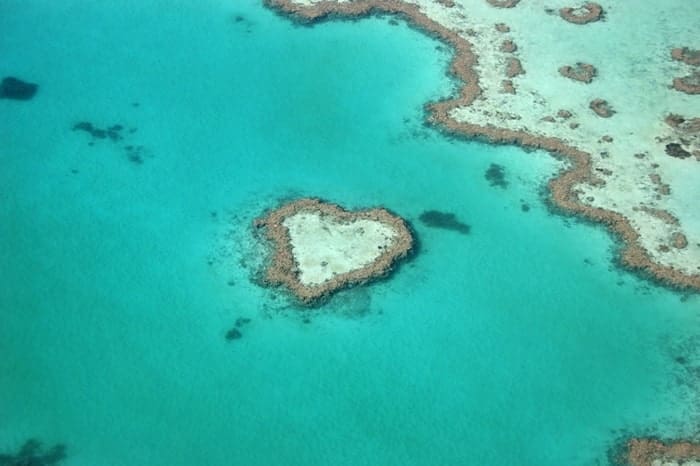Are you yearning to explore the world’s most remarkable places but feeling overwhelmed by the sheer number of options? From towering peaks to mesmerizing coral reefs, each location promises an unforgettable adventure. We understand the challenge of choosing where to go next and the desire to experience something extraordinary. In this article, we’ll uncover the mystery and beauty of the planet Earth’s geological wonders with this guide to bucket list destinations.
1. Grand Canyon, USA
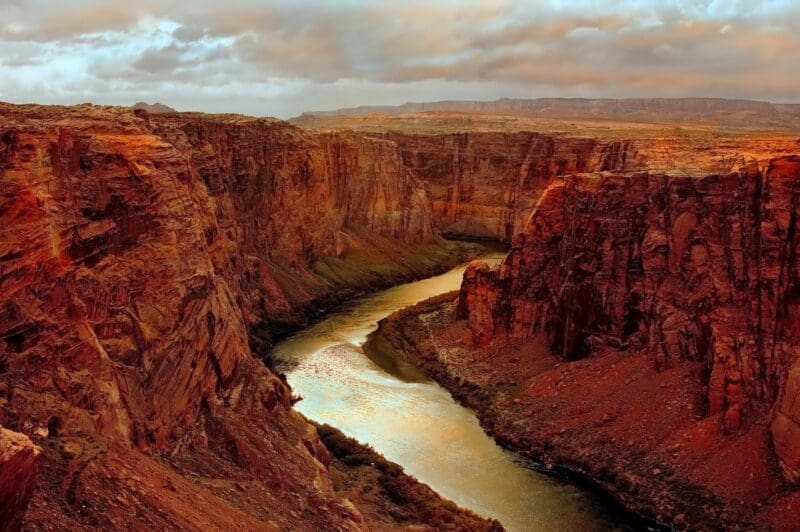
One of the most iconic geological wonders in the USA, the Grand Canyon is a must-see for any traveler. Formed by the powerful forces of the Colorado River over countless millennia, this expansive canyon spans an impressive 277 miles. It plunges to depths of over a mile. Its sheer size and intricate layers of colorful rock formations tell a story of geological history that spans billions of years.
Beyond its scenic appeal, however, lies issues with the water reserves for locals and visitors alike. Due to diminishing water resources, Grand Canyon National Park in Arizona is implementing obligatory water conservation measures on the South Rim.
According to the Arizona Capitol Times, residents, guests, and concession operators are asked to save water starting right now. There are standards in place for lowering use in residences, hotels, and campers.
Concessions need to move to disposable plates, change their menus to use less water while preparing meals, and use less water when cleaning. It is recommended that hikers purify available water sources or carry their own. The incapacity to replenish Roaring Springs’ water reserves and previous pipeline problems are what led to these actions.
2. Great Barrier Reef, Australia
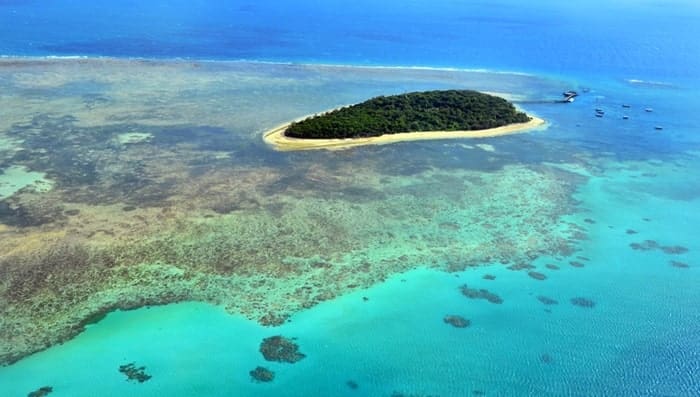
The Great Barrier Reef, the world’s largest coral reef system, extends over 2,300 kilometers along Queensland’s coast in Australia. Exploring the pristine waters through snorkeling or diving unveils a mesmerizing world of coral formations and marine creatures.
Beyond its breathtaking beauty, the reef serves as a crucial ecosystem, fostering a rich diversity of marine life. It’s home to vibrant fish and sea turtles, as well as majestic manta rays and occasional whales.
While the reef faces threats from climate change and human activity, efforts are underway to protect and preserve this site for future generations. Leading mass-market natural beauty brand Garnier and the Great Barrier Reef Foundation are working together to help the rehabilitation of Australia’s Great Barrier Reef.
The multi-year partnership intends to use floating pools to raise to 500,000 young corals. These will be planted during the following 2023’s spawning season. This program aligns with Garnier’s broader commitment to environmental responsibility and sustainability than just its product line.
3. Mount Everest, Nepal/Tibet

Standing tall as the world’s highest peak, Mount Everest is a bucket list destination for adventurers and nature enthusiasts alike. Located on the border between Nepal and Tibet, this majestic mountain has captivated the human imagination for centuries.
Even for those who don’t aim to conquer its summit, the allure of Everest is undeniable. Trekking through the breathtaking landscapes of the Himalayas, with Everest towering above, offers an unforgettable experience.
There are 17 ways to the top of Mount Everest, but the most well-traveled ones are the North Ridge from Tibet, states National Geographic. The other well-known route is Southeast Ridge through Nepal. Pioneered in 1953 by Tenzing Norgay & Edmund Hillary, the Southeast Ridge offers a quicker summit day and an easier descent. But, it still requires traversing the treacherous Khumbu Icefall.
On the other hand, jeeps may reach base camp via the North Ridge, although doing so requires navigating difficult terrain over 27,000 feet. Although all routes are equally challenging for experienced mountaineers, they provide different obstacles. Climbers ultimately have to consider accessibility, terrain, and safety while deciding on a route to reach the highest mountain in the globe.
Whether you aim to scale its summit or appreciate its beauty from afar, Mount Everest remains among the world’s most breathtaking natural marvels.
4. Dead Sea, Jordan/Israel/Palestine
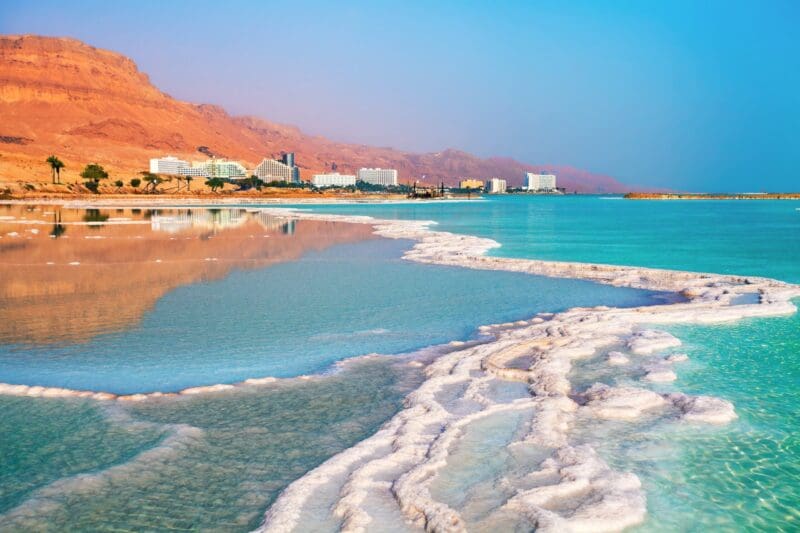
The Dead Sea, bordering Jordan, Israel, and Palestine, is a geological wonder like no other. Its famously high salt concentration allows swimmers to float on its surface effortlessly, making it a unique and unforgettable experience for visitors.
Exploring the Dead Sea region offers more than just a chance to float. It’s an opportunity to immerse oneself in the therapeutic and extraordinary properties of its mineral-rich waters.
Some astonishing Dead Sea facts reveal the extraordinary nature of this body of water. Located at the lowest point on Earth’s surface, the Dead Sea’s salinity is around 34%. It makes it one of the saltiest bodies of water globally. Its mineral-rich mud is renowned for its healing properties, drawing visitors seeking relief from various skin conditions and ailments.
According to Jordan Select Tours, the Dead Sea’s unique environment supports no marine life. Due to its extreme salinity, its shores are home to fascinating salt formations and mineral deposits. Visiting the Dead Sea is not just about floating; it’s a chance to connect with nature and experience a place of profound geological significance.
While its therapeutic benefits attract many, it’s essential to approach the Dead Sea with respect. It’s because of its delicate ecosystem and cultural importance to the region.
5. Victoria Falls, Zimbabwe/Zambia
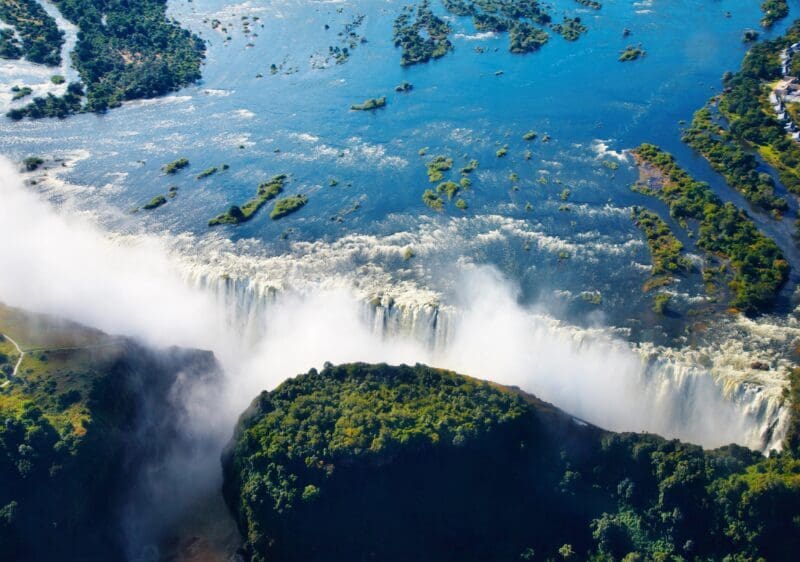
Locally referred to as Mosi-oa-Tunya, translating to “The Smoke That Thunders,” this awe-inspiring waterfall ranks among the largest globally.
The sheer volume of water cascading over the edge and plummeting into the gorge below creates a spectacle of mist and spray. Its impact can be observed and sensed over vast distances.
Visiting Victoria Falls is an immersive experience that engages all the senses. The thundering roar of the cascading water, the refreshing mist on your skin, and the vibrant rainbows. These combine to create an unforgettable sensory journey and a sight to behold.
6. Mount Kilimanjaro, Tanzania
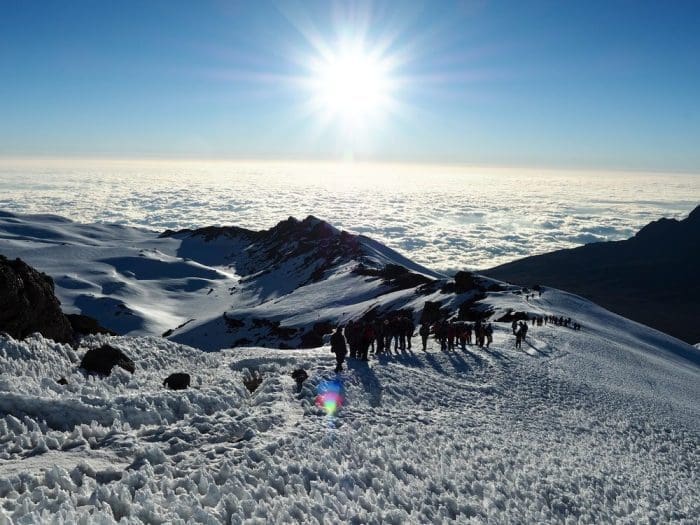
As the tallest freestanding mountain on Earth, Kilimanjaro offers a challenge and a reward like no other. Its snow-capped peak stands at an impressive 5,895 meters (19,341 feet) above sea level, beckoning climbers to test their limits and conquer its summit.
What makes Kilimanjaro truly remarkable is its accessibility to climbers of varying experience levels. While summiting the mountain is a strenuous endeavor that requires physical fitness and mental determination, it doesn’t demand technical mountaineering skills. This accessibility has made Kilimanjaro a well-known choice for climbers seeking a once-in-a-lifetime adventure.
7. Northern Lights, Various Locations

These celestial displays of light dance across the night sky in polar regions, creating an ethereal spectacle that defies explanation. The Northern Lights appear in places like Scandinavia, Canada, Alaska, and Iceland, driven by geomagnetic activity and solar storms.
Experiencing the Northern Lights is a truly magical and otherworldly experience. The shimmering green, pink, and purple light streaking across the heavens leaves viewers in awe of nature’s beauty and power. Each display is unique, with patterns and colors shifting and changing in a mesmerizing dance that can last for hours.
In conclusion, these seven geological wonders offer unparalleled experiences that every traveler should aspire to witness. From the towering peaks of Mount Everest to the mesmerizing light shows of the Northern Lights, each destination holds its unique allure. Exploring these natural marvels broadens horizons and fosters a deeper appreciation for the planet everyone calls home.


